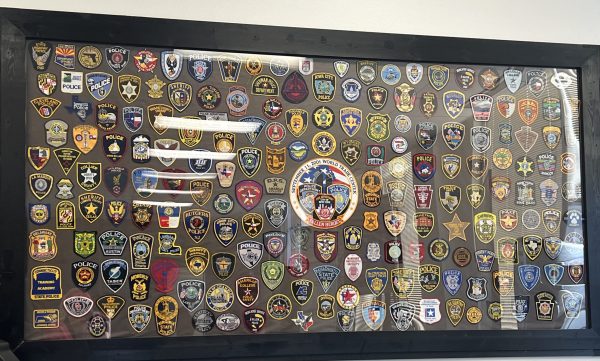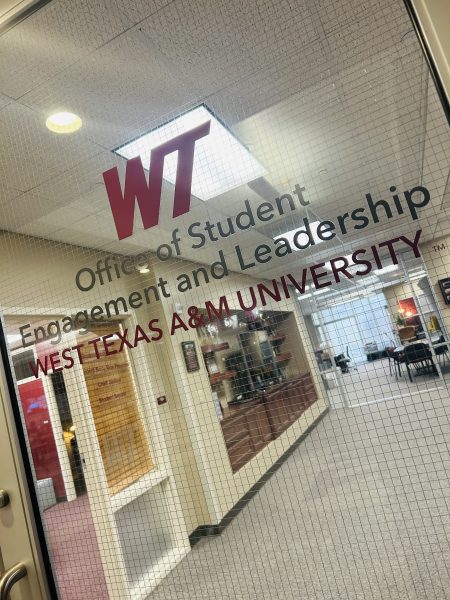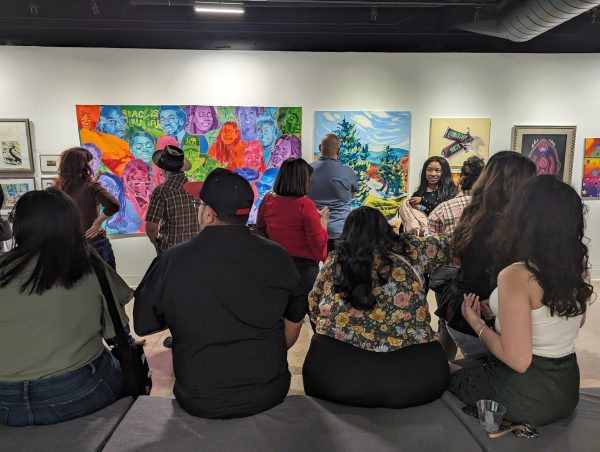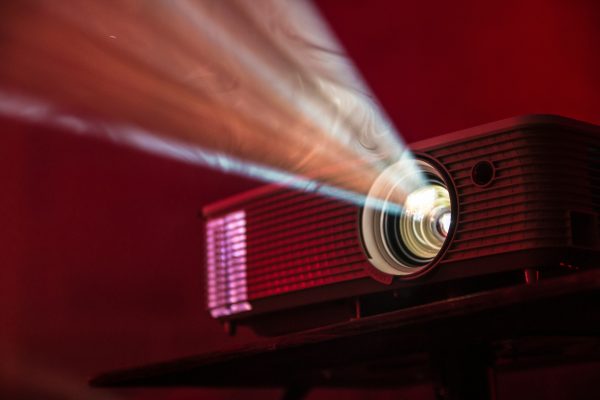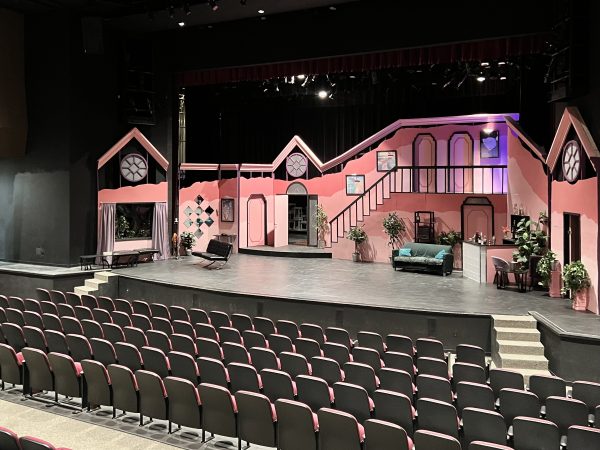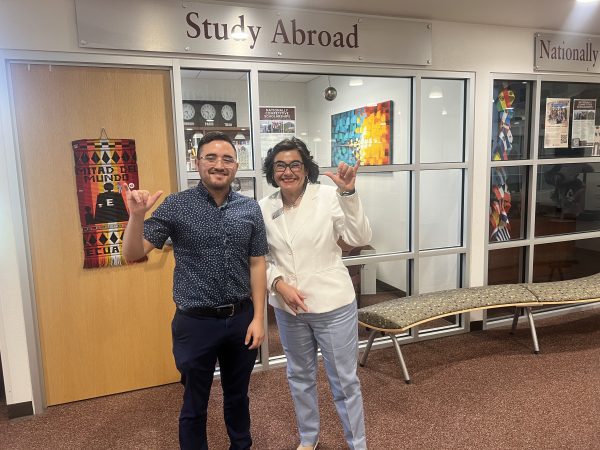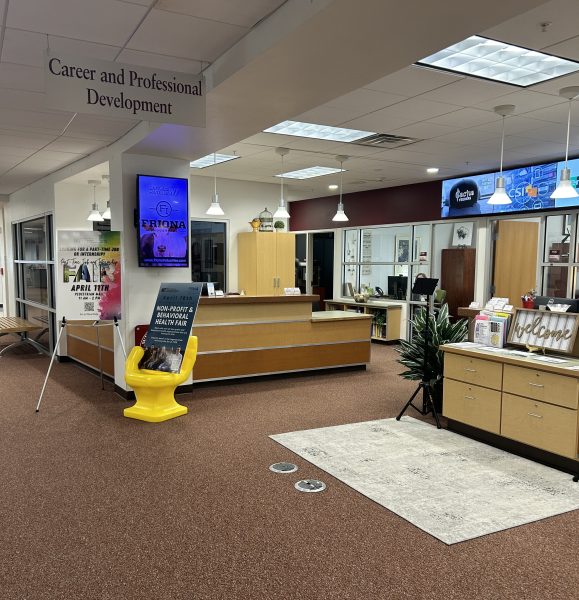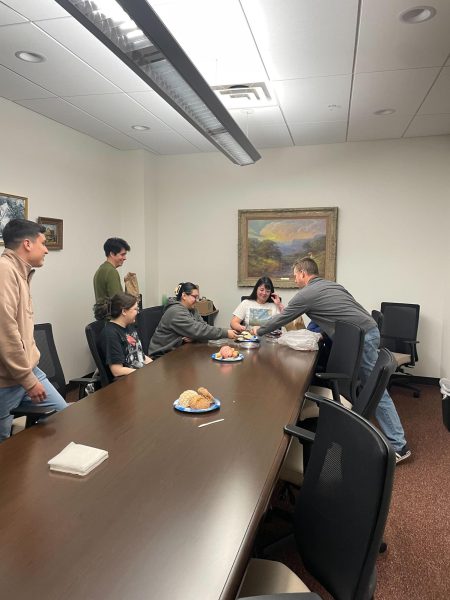Nursing department receives new birthing mannequin

Lisa Robinson explains the inner-workings of Lucina.
September 10, 2015
Nursing students at West Texas A&M will now have access to a much-anticipated, brand new birthing mannequin named Lucina.
The mannequin costs around $100,000, but WTAMU nursing program was able to acquire her through grant funding.
Lisa Robinson, Nursing director and instructor, said although this technology is common for most nursing programs, WTAMU is the only school in the area that currently has the Lucina model mannequin. She also said that she is in favor of this technology as it allows students to learn in a safe, controlled environment, whereas they might not get the same experience in a hospital.
Robinson said the mannequin will be placed on a gurney and taken into the OB class this semester for demonstration to supplement the lessons. Mannequins like Lucina are not only easily transported, but they also allow students to see and learn first-hand how to deliver a baby.
“The simulation is definitely comparable to how an actual birth goes,” senior Nursing student Garrett Cooper said. “I feel like seeing it and getting hands-on experience before you actually get onto the labor and delivery floor and going into a birth is a whole different story. Whenever it’s the first time you’ve seen it, it can be kind of scary, so getting this experience before you actually go and do it is advantageous to everybody involved.”
The new mannequin can talk, breathe and make other sounds.
“The thing about birthing mannequins is that you can start an IV on them,” Robinson said. “You can give them meds, give them shots, or check their vital signs. You can listen to her heart, lungs, all of that stuff is already part of that mannequin. You can even put a Foley catheter in her. When we do the post-partum hemorrhage, she can actually bleed up to two liters of fluid.”
She said Lucina is a valuable asset to the nursing program because the new technology gives multiple scenarios for instructors to choose from.
“Something other that we’re looking to do with her is putting a non-pregnant belly in her and making her a regular simulator,” Robinson said. “You could make her an asthma, pneumonia, or heart patient by loading different software for each and she’s ready to go. That’s something that we’re definitely looking to do with her, making her two mannequins in one.”
The Bivins Nursing Learning Center is also home to several other mannequins available for student use. Mannequin technology is nothing new to nursing students as it has been part of the program for several years.
“We got our first mannequin eight years ago, we still have him and he works,” Robinson said. “Almost anything that you can imagine doing in nursing and medicine, you can do with him. But these newer mannequins are wireless and it doesn’t take a lot of effort to take them with you. You charge them and they are good to go.”
Perhaps the most essential resource Lucina offers to WTAMU Nursing students is an intensive experience that mocks real life.
“I think it just helps because when we practice in the lab, we just have to imagine there’s blood coming out or something,” Donna Raef, senior Nursing student, said. “You have to take certain steps to address these kinds of emergency situations, but you don’t really do that if you’re just trying to imagine it in your own head. In a simulation with a mannequin, it’s actually happening. Even though you know it’s not real blood, at least you can practice as if it was.”




